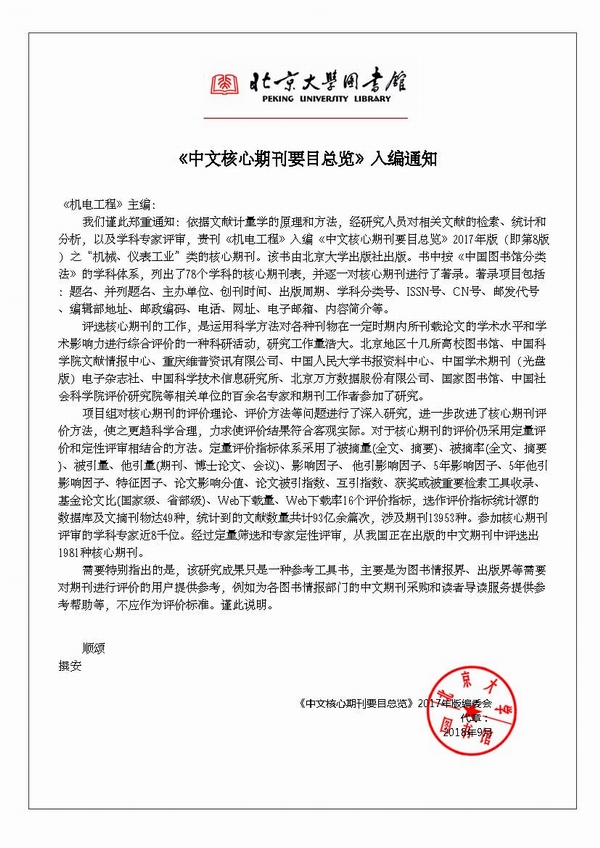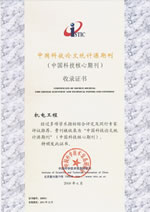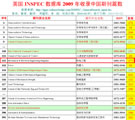JOURNAL OF MECHANICAL & ELECTRICAL ENGINEERING
Founded in 1971 >
Chinese Sci-tech Core Periodicals >
British Science Abstracts (SA, INSPEC) Indexed Journals >
United States, Cambridge Scientific Abstract: Technology (CSA: T) Indexed Journals >
United States, Ulrich's Periodicals Directory(UPD)Indexed Journals >
United States, Cambridge Scientific Abstract: Natural Science (CSA: NS) Indexed Journals >
Poland ,Index of Copernicus(IC) Indexed Journals >
International Standard Serial Number:
ISSN 1001-4551
Sponsor:
Zhejiang University;
Zhejiang Machinery and Electrical Group
Edited by:
Editorial of Journal of Mechanical & Electrical Engineering
Chief Editor:
ZHAO Qun
Vice Chief Editor:
TANG ren-zhong,
LUO Xiang-yang
Tel:
86-571-87041360,87239525
Fax:
86-571-87239571
Add:
No.9 Gaoguannong,Daxue Road,Hangzhou,China
P.C:
310009
E-mail:
meem_contribute@163.com
Application of cooperative microparticle swarm algorithm fortransient stability constrained optimal power flow
Published:2015-03-11
author: YE Lin1, XIAO Tannan2, LV Xiaoxiang2, WANG Jianquan2, WANG Chao1, YANG Yi3, ZHOU Lihua3
Browse: 3198
Check PDF documents
Application of cooperative microparticle swarm algorithm fortransient stability constrained optimal power flow
YE Lin1, XIAO Tannan2, LV Xiaoxiang2, WANG Jianquan2,
WANG Chao1, YANG Yi3, ZHOU Lihua3
(1. Zhejiang Electric Power Corporation, Hangzhou 310027, China; 2. College of Electrical Engineering, Zhejiang
University, Hangzhou 310027, China; 3. Zhejiang Huzhou Power Supply Company, Huzhou 313000, China)
Abstract: Aiming at solving transient stability constrained optimal power flow, a new and effective approach which is based on the Cooperative microparticle swarm is proposed. The technique can be used as a preventive control scheme. The formulas of transient stability constrained optimal power flow were derived through the addition of rotor angle inequality constraints into optimal power flow relationships, which is a highdimensional nonlinear dynamic optimization problem. Microevolutionary approaches employ very small populations of just a few individuals to provide solutions rapidly. It was proved to be useful in evolutionary computation due to the ability to solve highdimensional complex problem. The optimal schedule for the New England tengenerator, 39bus system, which has unstable contingencies, was obtained through this method. The method was proved to be effective and accurate by comparing the schedules solved by COMPSO and other reported intelligent algorithms. The results indicate that the proposed method can achieve better optimization through less calculation and be applied to the analysis of transient stability and rescheduling of power system.
Key words: microparticle swarm; power system; preventive control; transient stability; optimal power flow
-

- Chinese Core Periodicals
-

- Chinese Sci-tech Core Periodicals
-

- SA, INSPEC Indexed
-

- CSA: T Indexed
-

- UPD:Indexed
-










